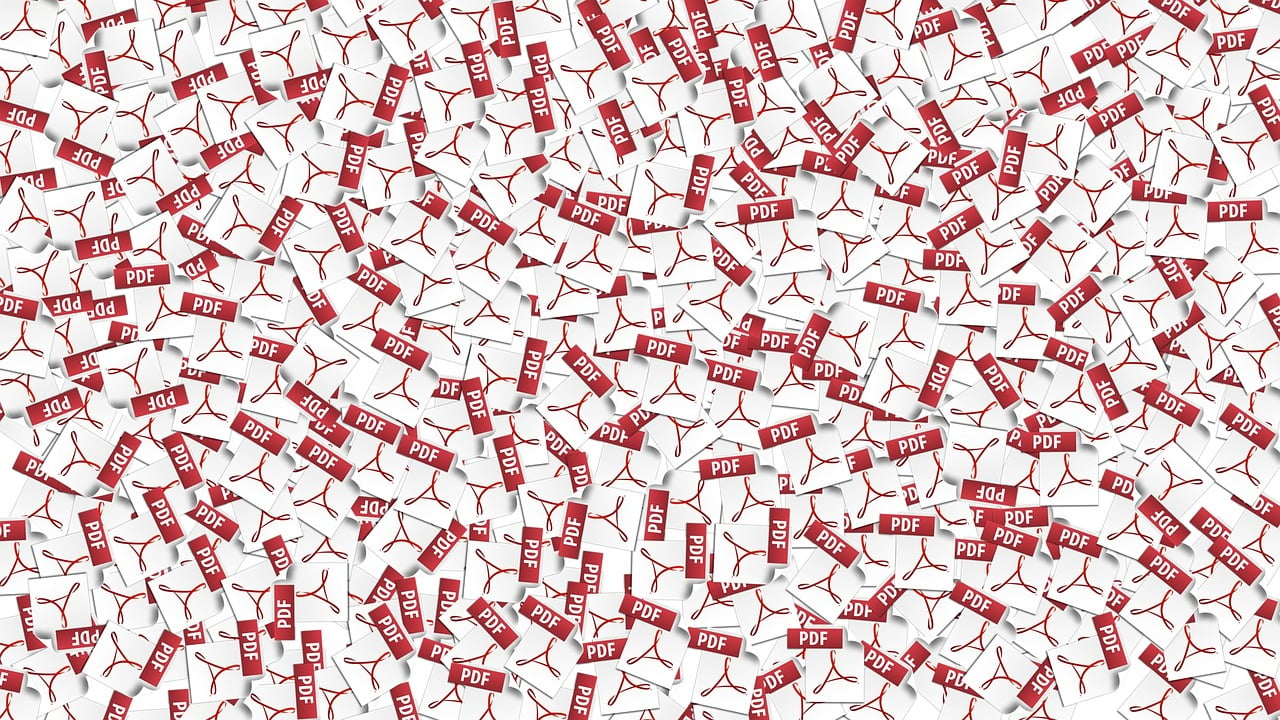Penetration testing involves simulating a cyberattack to identify security flaws. Learn its types, benefits, process, and why it’s essential for your business.
In today’s ever-evolving cyber landscape, cyberattacks are not a matter of “if” but “when.” Businesses, large and small, are constantly under threat from hackers seeking to exploit security vulnerabilities.
One of the most effective proactive approaches to protect digital infrastructure is penetration testing, also known as a pen test. But what exactly does it entail, and why is it essential for modern cybersecurity?
In this guide, we’ll explore what penetration testing is, its benefits, types, and how businesses can utilize it to maintain security.
Table of Contents
What is Penetration Testing?
Penetration testing involves simulating a cyberattack against your computer system, application, or network to identify and uncover exploitable vulnerabilities. It mimics the strategies of malicious hackers but in a controlled and ethical manner.
The goal? To identify security weaknesses before real attackers can exploit them.
Penetration testers, also known as ethical hackers, employ a range of tools and techniques to probe systems and identify areas of vulnerability. The final outcome is a detailed report that outlines the discovered vulnerabilities, their potential impact, and recommendations for addressing them.
Think of penetration testing as hiring someone to try breaking into your digital home so you can secure the weak spots before an actual burglar does.
READ ALSO: Web Application Penetration Testing Services: Securing the Modern Web
Why is Penetration Testing Important?
- Identifies Vulnerabilities Before Attackers Do: Catching security flaws early helps mitigate risks before they lead to data breaches.
- Protects Sensitive Data: Pen testing helps safeguard customer data, intellectual property, and internal systems.
- Ensures Compliance: Industries such as healthcare, finance, and retail require regular penetration testing to meet standards like PCI-DSS, HIPAA, and GDPR.
- Strengthens Incident Response: Knowing your weaknesses allows you to improve detection and response strategies.
- Builds Customer Trust: Demonstrating robust security practices improves your brand’s credibility.
Types of Penetration Testing
Different types of pen tests focus on various parts of an IT environment:
Network Penetration Testing
Simulates attacks on your internal and external network infrastructure, identifying misconfigurations, unpatched systems, and open ports.
Web Application Penetration Testing
Targets vulnerabilities in web applications such as SQL injection, XSS, and authentication flaws.
Wireless Penetration Testing
Focuses on wireless protocols (Wi-Fi, Bluetooth) and devices to prevent unauthorized access through rogue devices or misconfigured networks.
Social Engineering Testing
Evaluates employee awareness by simulating phishing or pretexting attacks to exploit human error.
Physical Penetration Testing
Tests physical security controls to see how easy it is to breach a facility through unauthorized building access.
The Penetration Testing Process
Penetration testing typically follows a structured, five-step approach:
- Planning and Reconnaissance
Define the scope and goals, gather intelligence on the target, and determine testing methods. - Scanning
Utilize static and dynamic analysis tools to assess how the system responds to potential threats. - Gaining Access
Attempt to exploit vulnerabilities to uncover the depth of potential damage. - Maintaining Access
Check whether the vulnerability can be used to gain persistent access—an indicator of long-term risk. - Analysis and Reporting
Document vulnerabilities, data accessed, and remediation advice in a detailed report.
Who Needs Penetration Testing?
Pen testing is not just for Fortune 500 companies. Organizations that:
- Handle customer or financial data
- Rely on web applications or cloud services
- Operate in regulated industries
- Want to proactively manage cybersecurity risk
…can benefit from regular penetration tests.
How Often Should Penetration Testing Be Performed?
- Annually, as a best practice
- After major system changes (e.g., software updates, infrastructure upgrades)
- After security breaches
- Before launching new applications or services
Regular pen testing ensures your defenses stay current with evolving threats.
Pen Testing vs. Vulnerability Scanning
Although often confused, these two serve different purposes:
| Feature | Penetration Testing | Vulnerability Scanning |
| Depth | Deep, manual testing | Surface-level automated |
| Accuracy | High (few false positives) | May produce false positives |
| Objective | Exploit and assess impact | Identify known vulnerabilities |
| Who performs it? | Ethical hackers | Automated tools or analysts |
Using both in combination offers stronger protection.
Cyber threats continue to grow in scale and sophistication. Penetration testing provides a realistic view of how vulnerable your organization truly is—and what you can do about it. It’s not just about finding flaws; it’s about building resilience.
Whether you’re a startup or an enterprise, investing in regular penetration tests can be the difference between a close call and a catastrophic breach.
READ ALSO:
- Top 10 Penetration Testing Companies in the Netherlands (2025)
- Protect Hybrid Environments with Microsoft Entra Suite Solutions
- Using Deception Technology to Detect and Divert Ransomware Attacks
- How AI and Machine Learning Are Revolutionizing Cloud Network Security
FAQs on Penetration Testing
Q1. Is penetration testing legal?
Yes, when done with prior authorization, it’s an ethical and legal practice aimed at strengthening security.
Q2. How long does a penetration test take?
Depending on scope and complexity, it can range from a few days to several weeks.
Q3. How much does penetration testing cost?
Costs vary widely—from $4,000 for small tests to over $ 100,000 for enterprise-scale projects.
Q4. Can pen testing be automated?
Some parts can be, but human expertise is essential for deep analysis and creative attack simulation.
INTERESTING POSTS
















































